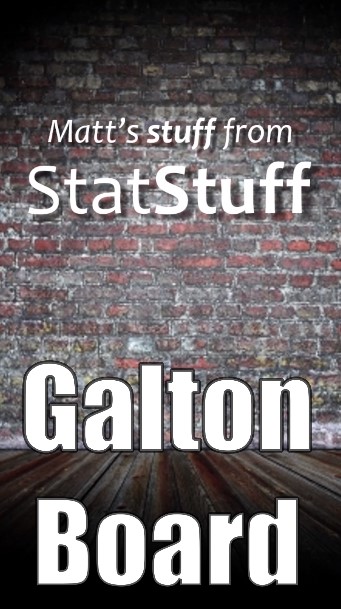Video Transcript
 Have you ever seen a Galton board? It's pretty cool to see these thousands of balls randomly and chaotically fall, and yet every time, they form this bell curve or a normal distribution. This is why statistics works, because there's a natural order to things in the universe.
Have you ever seen a Galton board? It's pretty cool to see these thousands of balls randomly and chaotically fall, and yet every time, they form this bell curve or a normal distribution. This is why statistics works, because there's a natural order to things in the universe.
The seemingly haphazard chaos or randomness in nature are mostly just part of the normal variation that occurs in nature. It's kinda like weather patterns where each ball may represent a single day where sometimes it's unseasonably hot or cold, but when we step back and look at the cumulation of many days over a longer period of time, we can see predictable patterns that we use to reliably forecast the weather.
But when we see things not following a normal distribution, then we call that a non-normal distribution which no longer falls into the normal bell curve we expect. When things fall outside of that natural order, then most often it's because something unnatural is imposed onto that flow which creates a bias or unexpected influence. This is often what we look for when doing statistical analysis - we want to find what are those root causes that are upsetting the natural order we expect so that we can "fix" or somehow control or account for them so that we can return to a normal and predictable pattern.


